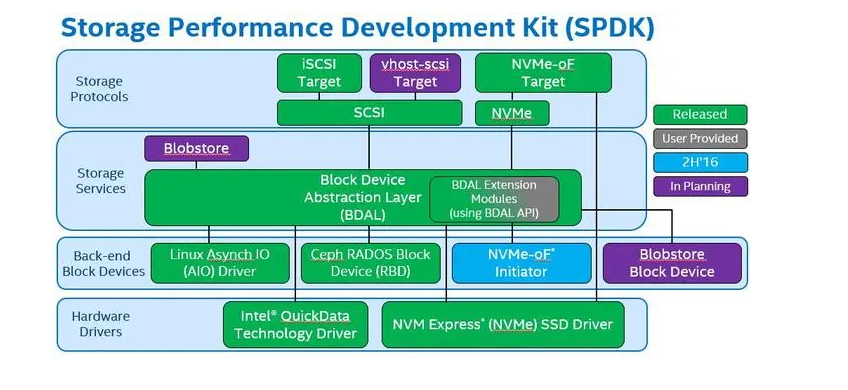1)回溯算法寻找最小的顶点覆盖:
Initialize:
min_cover_size = Infinity
current_cover_size = 0
current_cover = empty set
Backtracking(vertex v):
if all edges are covered:
if current_cover_size < min_cover_size:
min_cover_size = current_cover_size
minimum_cover = copy of current_cover
return
if v is a valid vertex:
// Choose v and cover its adjacent vertices
current_cover.add(v)
for each neighbor u of v:
cover(u) // Mark u as covered
// Explore the next vertex
for each vertex u after v:
Backtracking(u)
// Uncover the vertices and backtrack
for each neighbor u of v:
uncover(u) // Unmark u as covered
current_cover.remove(v)
FindMinimumVertexCover(graph G):
Initialize variables
Sort vertices in some order (e.g., ascending degree order)
Start from the first vertex and call Backtracking(1)
Return minimum_cover and min_cover_size
该回溯算法通过递归地选择和取消选择顶点来搜索所有可能的顶点覆盖,并记录最小的覆盖大小和对应的覆盖集合。
算法复杂度: 在最坏情况下,回溯算法需要遍历所有可能的顶点组合。设图G有n个顶点,则时间复杂度为O(2^n),因为对于每个顶点,可以选择放入或不放入顶点覆盖中。
2)最小耗费分支限界算法寻找最小的顶点覆盖:
Initialize:
min_cover_size = Infinity
current_cover_size = 0
current_cover = empty set
BranchAndBound(graph G):
if all edges are covered:
if current_cover_size < min_cover_size:
min_cover_size = current_cover_size
minimum_cover = copy of current_cover
return
v = selectVertexToBranch(G) // Select a vertex to branch on
// Choose v and cover its adjacent vertices
current_cover.add(v)
for each neighbor u of v:
cover(u) // Mark u as covered
// Bound by the best possible solution so far
if current_cover_size + heuristic() >= min_cover_size:
return
BranchAndBound(G) // Explore with v in the cover
// Uncover the vertices and backtrack
for each neighbor u of v:
uncover(u) // Unmark u as covered
current_cover.remove(v)
FindMinimumVertexCover(graph G):
Initialize variables
Sort vertices in some order (e.g., ascending degree order)
BranchAndBound(G)
Return minimum_cover and min_cover_size
该最小耗费分支限界算法通过选择一个顶点进行分支,并使用启发式函数来估计剩余未覆盖的边数,从而在搜索过程中剪枝。只有当当前覆盖集合比已知的最小覆盖集合要小且可能产生更好解时,才会继续探索。
算法复杂度:
具体的时间复杂度取决于选择顶点和启发式函数的策略,但在最坏情况下,最小耗费分支限界算法的时间复杂度为指数级,即O(2^n)。
内容由零声教学AI助手提供,问题来源于学员提问





















